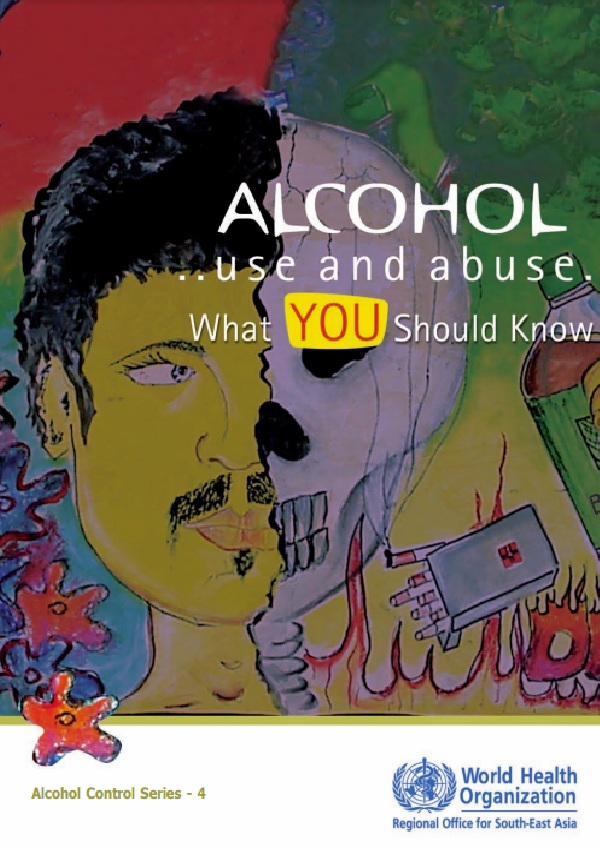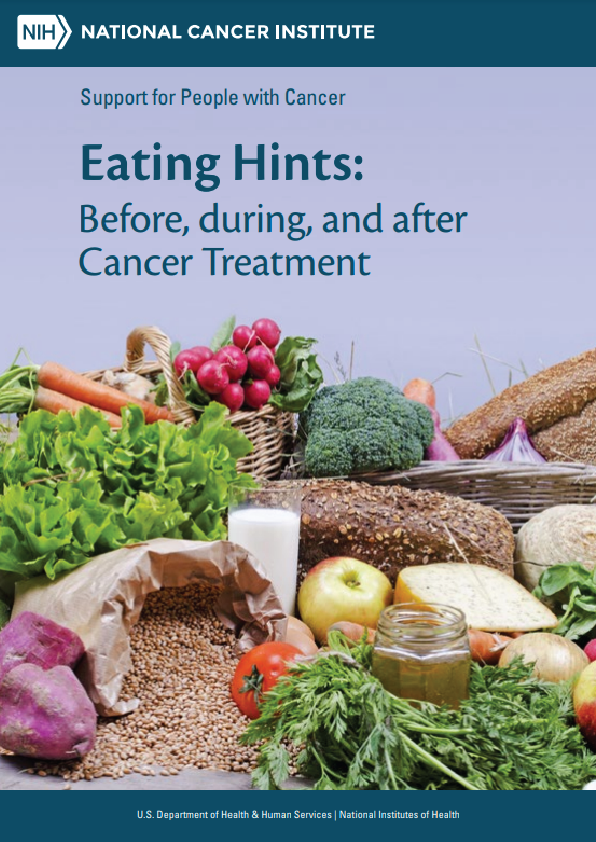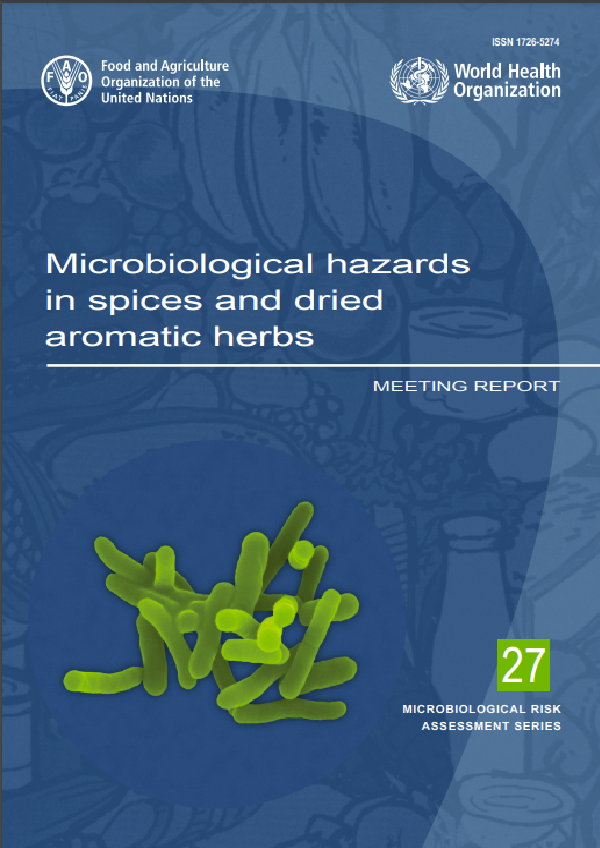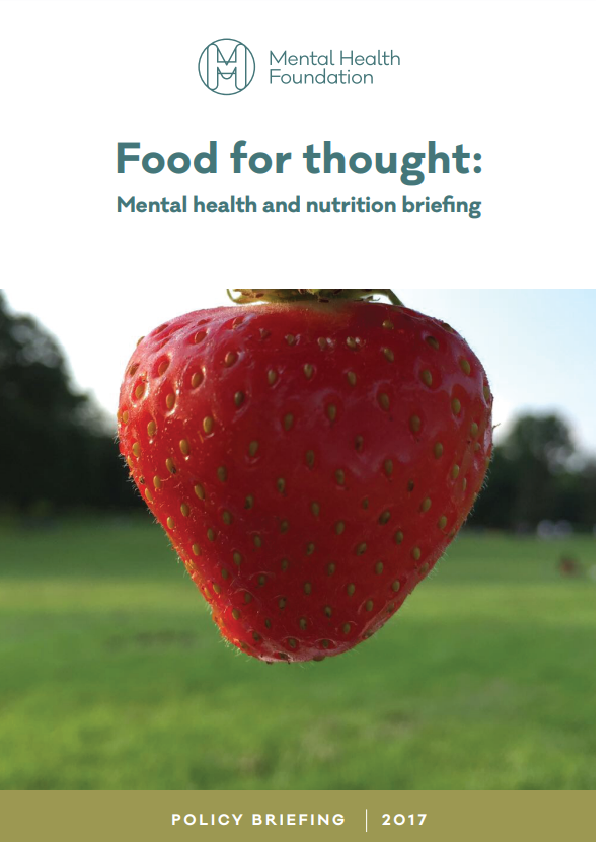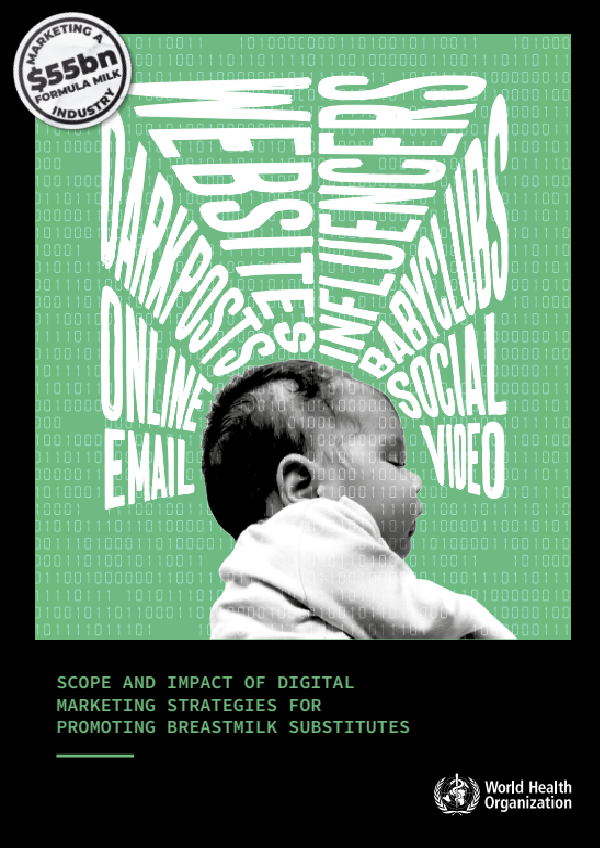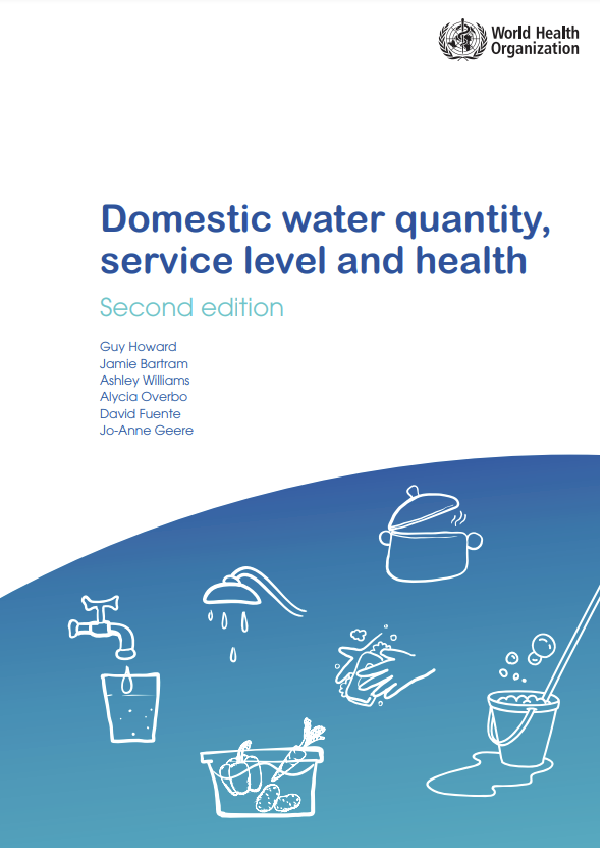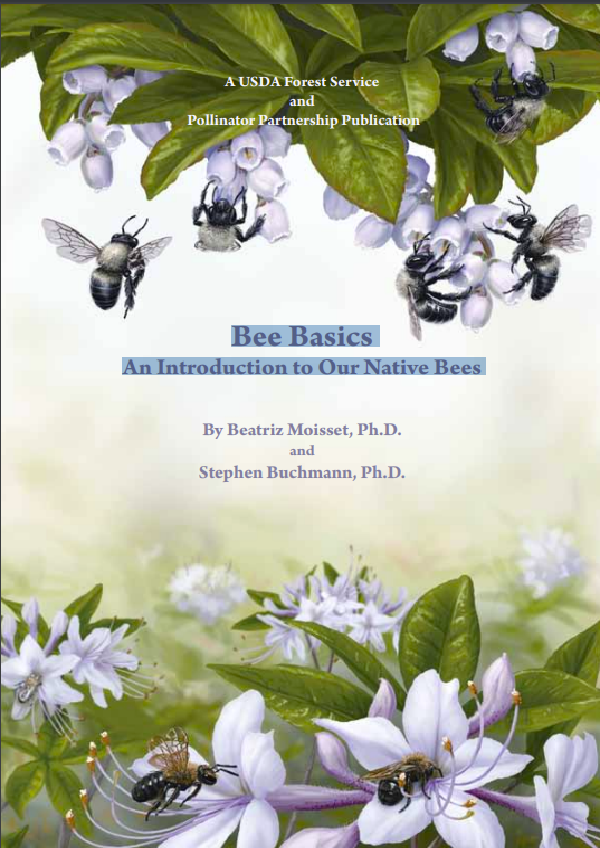Alcohol is a generic term for many different chemical compounds; each with its own distinct properties. It is a clear, colourless liquid that comes from fermenting — or breaking down — natural substances such as fruit, corn, grain or sugarcane. The type of alcohol consumed by humans is ethyl alcohol or ethanol. Ethanol can have different colours, tastes, potency (strength) and flavours, depending on the fruits or vegetables used in its manufacture, the process of manufacture and the additives used. Beer, wine, liquor as well as medicines, colognes, cleaning solutions and even car fuel all contain ethanol.
Alcohol use, as the term implies, is the consumption of alcohol. It does not indicate the amount used or the extent of harm from use. Alcohol use usually starts as a social phenomenon. Many communities consider the occasional use of alcohol, for recreational purposes or on social occasions, as ‘normal’ and ‘acceptable’. There is little awareness that even the occasional or social use of alcohol does carry a risk of road traffic injuries or industrial accidents. Intoxication from occasional use can lead to violence or socially inappropriate or embarrassing behaviour.
Harmful use of alcohol is when some people, usually after a period of prolonged use, develop a pattern of use which causes damage to an individual’s health. Harmful use is not necessarily linked to drinking too much alcohol or drinking alcohol every day. Harmful drinking is usually related to the circumstances of drinking alcohol. Many patterns of consumption of alcohol can be considered as harmful use of alcohol, for example, drinking alcohol and driving — which can lead to road traffic injuries, “binge drinking” (drinking too much alcohol at one time) sometimes indulged in by teenagers, pay-day drinking when a person drinks heavily on the day he gets his salary, or pregnant women drinking alcohol.
Alcohol abuse, also called “problem drinking”, is a pattern of excessive drinking that results in adverse health and social consequences to the drinker, and often to those around the drinker. People with an alcohol abuse problem:
- Use alcohol to help them change the way they feel about themselves and/or some aspects of their lives.
- Experience some problems associated with their alcohol use.
- Get complaints about their alcohol use.
- Lose interest in activities and hobbies that used to bring pleasure.
- Get irritable as their usual drinking time approaches, especially if alcohol isn’t available.
- Keep alcohol in unlikely places at home, at work and in the car.
- Gulp drinks, become intoxicated intentionally.
- Drink alone or in secret.
Alcohol dependence refers to a cluster of symptoms. There are four main symptoms:
- Craving — A strong need, or compulsion, to drink.
- Impaired control — The inability to limit one’s drinking on any given occasion.
- Physical dependence — Withdrawal symptoms, such as nausea, sweating, shakiness, and anxiety, when alcohol use is stopped after a period of heavy drinking.
- Tolerance — The need for increasing amounts of alcohol in order to feel its effects.
The user knows that alcohol use causes significant impairment and though he/she may have a desire to cut down or control its use, does not or cannot give it up, resulting in heavier use of alcohol than intended and subsequent reduction of social or occupational activities. There are many factors, psychological, social, environmental, and genetic, that play a role in alcohol dependence.
Alcohol dependence is not just bad behaviour or a habit. It is a chronic and progressive disease.
